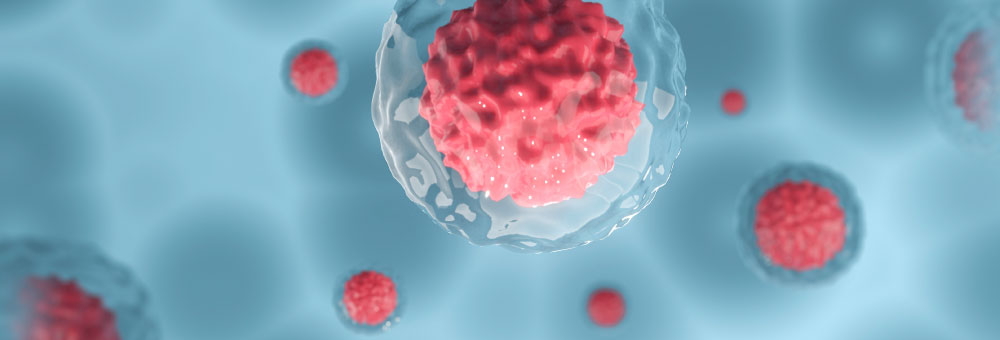Does filgrastim exposure increase donor risk for development of long-term complications?
When you sign up to donate stem cells to help someone else through a registry such as Be The Match, how do you know the drugs you’re given to stimulate cell production are safe long term? A recent study—the largest and most comprehensive study of its kind—shows you don’t need to worry about making this unselfish choice to save lives.
Until recently, we didn’t know a lot about the long-term effects of using filgrastim in cell product donors, including whether or not it put donors at increased risk for cancer, autoimmune disorders and blot clots. Filgrastim has been used for this purpose since the late 1990s. Donors who receive filgrastim usually get it for five days prior to cell collection.
A National Marrow Donor Program (NMDP) study of more than 21,000 donors compared those who donated bone marrow to those that donated peripheral blood stem cells after receiving filgrastim.
The results of this very large cohort study showed that donors of hematopoietic stem cells with filgrastim had no significant difference in rates of cancer, autoimmune disorders and blood clots compared to those who donated bone marrow and didn’t have the drug.
Learn more by reviewing a comprehensive analysis and description of the study.

